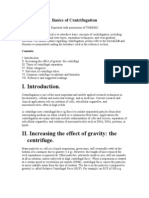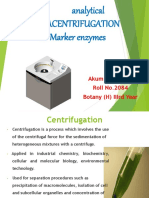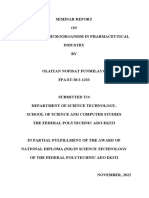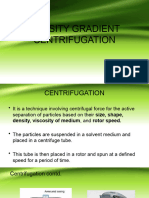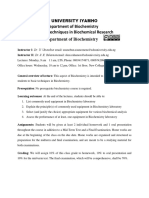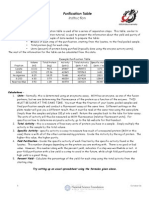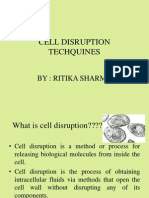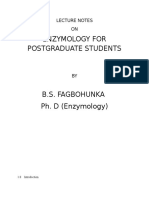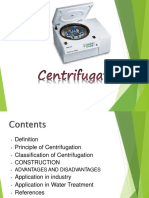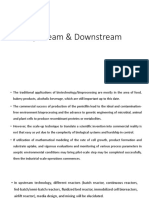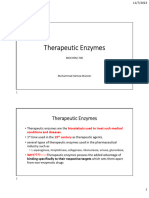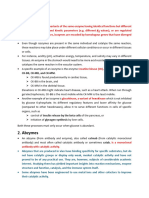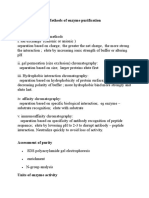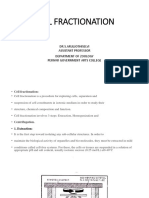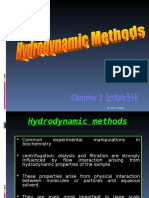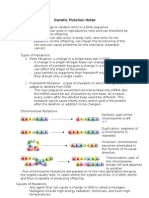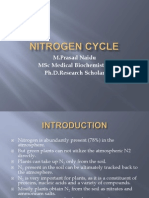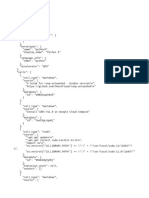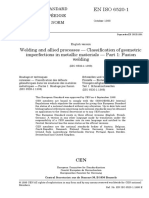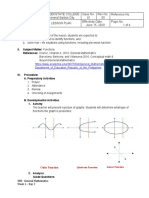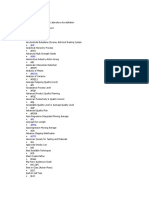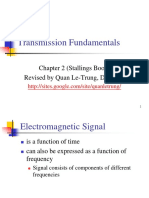0% found this document useful (0 votes)
801 views3 pagesUltracentrifugation Assignment
Ultracentrifugation uses very high centrifugal forces, up to 1 million g, to separate biological particles suspended in liquid based on differences in weight. It is a key technique in biochemical research for analyzing cells, organelles, and molecules like proteins. During ultracentrifugation, biological structures sediment at different rates depending on their density, mass, and other factors. This allows separation of particles into pellet and supernatant fractions. Differential centrifugation employs increasing centrifugal forces to separate a tissue homogenate into fractions of organelles and other structures based on their size and density.
Uploaded by
Stuti SrivastavCopyright
© © All Rights Reserved
We take content rights seriously. If you suspect this is your content, claim it here.
Available Formats
Download as DOCX, PDF, TXT or read online on Scribd
0% found this document useful (0 votes)
801 views3 pagesUltracentrifugation Assignment
Ultracentrifugation uses very high centrifugal forces, up to 1 million g, to separate biological particles suspended in liquid based on differences in weight. It is a key technique in biochemical research for analyzing cells, organelles, and molecules like proteins. During ultracentrifugation, biological structures sediment at different rates depending on their density, mass, and other factors. This allows separation of particles into pellet and supernatant fractions. Differential centrifugation employs increasing centrifugal forces to separate a tissue homogenate into fractions of organelles and other structures based on their size and density.
Uploaded by
Stuti SrivastavCopyright
© © All Rights Reserved
We take content rights seriously. If you suspect this is your content, claim it here.
Available Formats
Download as DOCX, PDF, TXT or read online on Scribd
/ 3
